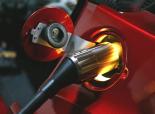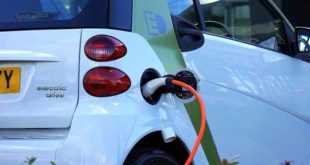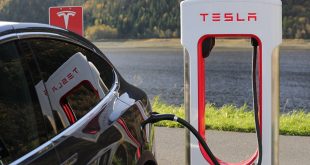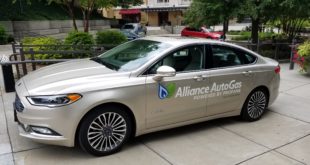What are the differences between Electric Cars and Hybrids? Is either one practical for me?
Here’s a quick run-down on the different types of vehicles:
Gas-powered – This is your standard car today. An internal combustion engine uses gasoline to provide the power to drive the transmission and turn the wheels. Generally, gasoline engines are inefficient, but are powerful, and relatively inexpensive to run. With the rise in fossil fuel prices (diesel, gasoline, oil), these engines are slightly increasing in cost, but are still at the low-end of the price spectrum compared to electric cars. The downside to gas-powered engines is the inefficiency and the pollution generated by the combustion, as well as the noise. The advantages include low-cost, availability of fuel, large range, high top speed and good acceleration rate.
Electric Cars – Sometimes called Electric Vehicles, or EVs, use large batteries to store electricity which is then used to drive the wheels. It is as simple as that. The advantages are that electric cars are much quieter than internal combustion engines, and generate zero direct pollution. The disadvantages are the time needed to charge the batteries, the availability of charging stations, lack of range, low top speed, and lack of acceleration. One of the biggest advantages is the low-cost of running an electric car…literally a few cents per mile.
Hybrids – Hybrids are a combination of an internal combustion engine and a battery-powered electric car. They have a fuel tank for gasoline and the engine burns gasoline just like a normal car. But they also have a large battery which can either be charged by plugging in, but also uses the friction created by braking to recharge itself. The battery provides a ‘boost’ to the engine, providing power which allows the engine to run much, much more efficiently. The byproduct is higher miles per gallon of fuel, and lower pollution.
Size of the vehicle is another factor to consider. A combustion engine requires a larger frame to support its weight . However the engine is powerful enough to move a large vehicle. Electric cars are designed to be power-efficient, so they shed weight everywhere they can. This includes the safety features. Electric cars do not have the heavy metal cages built around the passengers the way gas-powered cars do. Nor do they have the space. The internal room, cargo areas, and number of passengers are generally smaller on electric cars.
Having said that, Electric Cars are gaining in both popularity and in practicality. New developments in energy or power cell technologies are making Electric Cars more feasible. With every passing year, the batteries are lasting longer, becoming smaller, and more powerful, all at the same time. Add to that the increasing cost of fossil fuels, and the increasing social awareness of pollution-production, and the demand for electric cars or even hybrids is on the rise. California, for example, has created the infrastructure for electric cars by providing numerous recharging stations. Other states are following suit.
Gas-powered cars have been around for a long time, and won’t disappear soon. However, as major manufacturers notice the clamor for their hybrid models, they are working feverishly on developing models that don’t rely on gasoline at all. It is certain that we will move more and more toward electric cars due to market demands; demand from the populous, lower supply of oil, and pressure from the government are three factors that guarantee the future production of viable electric cars.
 Alternative Energy HQ solar power for homes, wind energy, and bio fuel issues
Alternative Energy HQ solar power for homes, wind energy, and bio fuel issues







